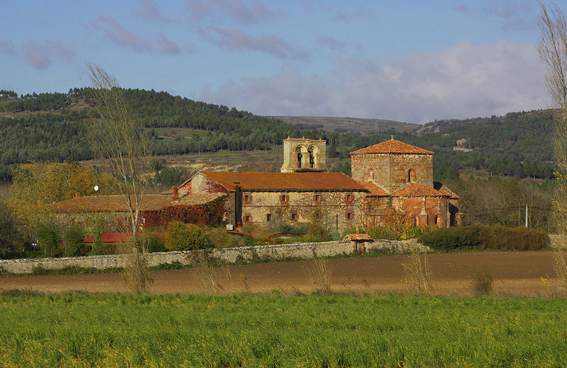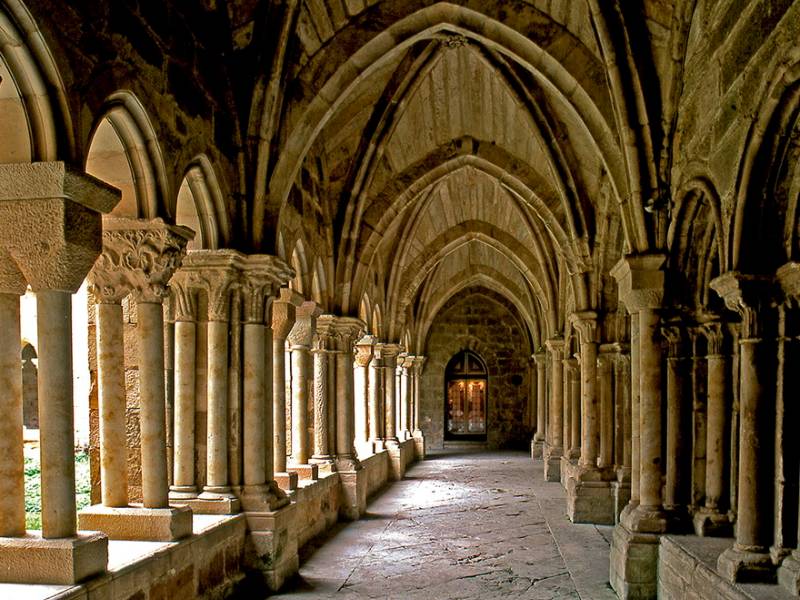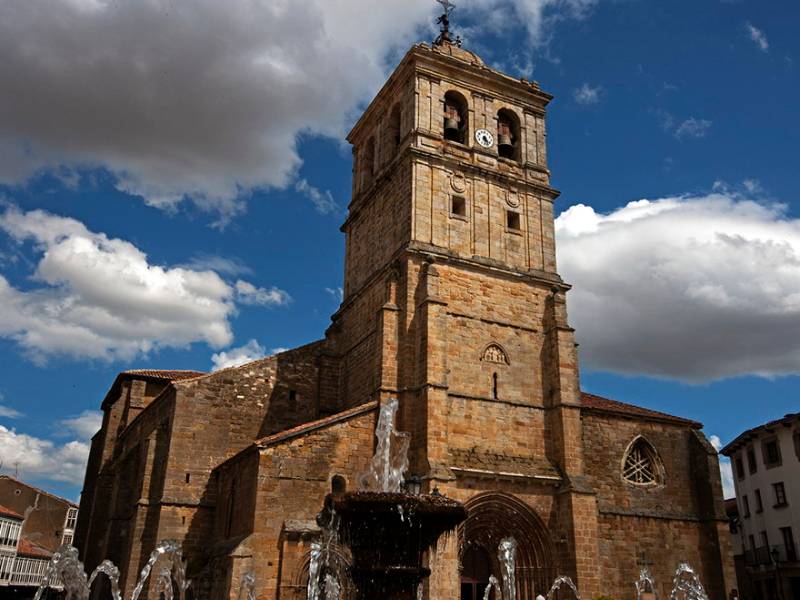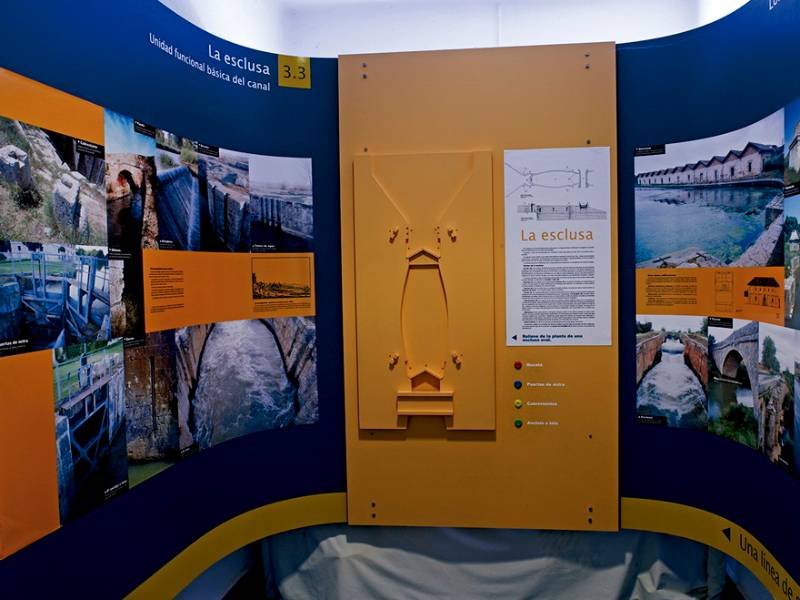Romanesque of Palencia
- Position
- Palencia province
- Type of route
- Weekend
- Web
- To know more
The Palencia mountains hold one of the largest concentrations of Romanesque constructions in the whole of Europe. One of their treasures is Santa Cecilia, a true school of open air capitals whose shadow is depicted at the top of a rock.
Olmos de Ojeda, Perazancas de Ojeda, San Salvador de Cantamuda, Moarves, Olleros de Pisuerga and Aguilar de Campo are the principal towns in this rendez-vous with the Romanesque era.
What to see?
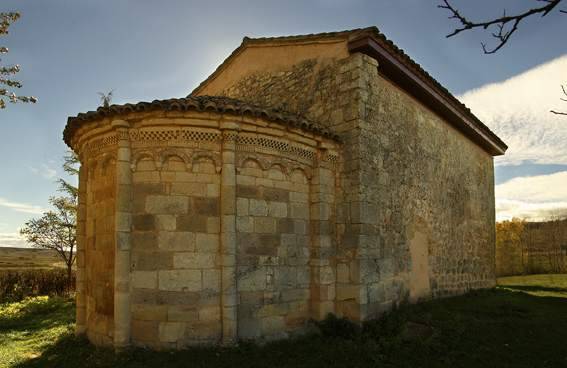 Hermitage of San Pelayo de PerazancasMore information
Hermitage of San Pelayo de PerazancasMore informationSmall shrine built in 1076. It is a perfect example of the lombard romanesque style with 12th-century wall paintings on the main wall. The facade has a pair of reused mozarab capitals.
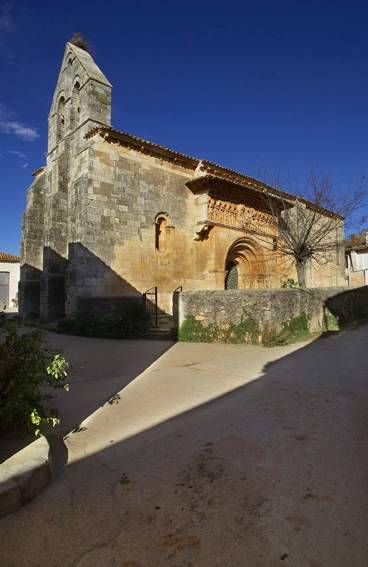 Church of San JuanMore information
Church of San JuanMore informationThis 12th-century structure is one of the best well-known and most popular romanesque churches in the north of Palencia.he front has five archivolts and a slightly lowered entrance arch.It is difficult...
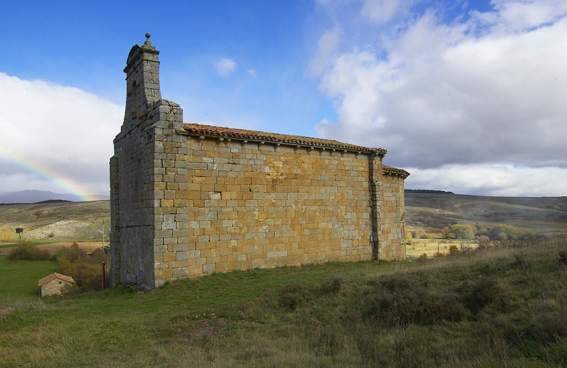 Hermitage of Santa Eulalia u OlallaMore information
Hermitage of Santa Eulalia u OlallaMore informationIt was established on a hillside, surrounded by fields and overlooking the banks of the reservoir of Aguilar, was parish of an old town cited in medieval documents, Barrio de Santa Olalla, and is one of...
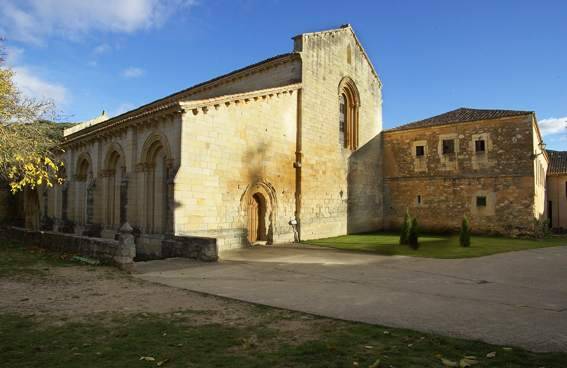 Monastery of San Andres de StreamMore information
Monastery of San Andres de StreamMore informationMonastery of Bernard monks, the founder and first Abbess was Doña Mencia de Lara, sister of Doña Berenguela; founded in 1190 during the prosperous reign of Alfonso VIII. Church with one nave with transept...
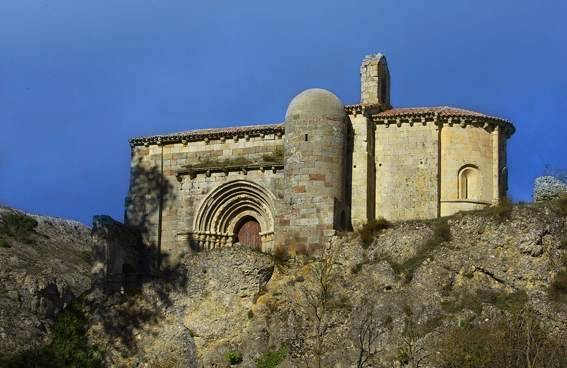 Hermitage of Santa CeciliaMore information
Hermitage of Santa CeciliaMore informationThe image that this hermitage gives us, which is perched on a narrow rock, has become it one of the most famous monuments of the Romanesque north. It is on the outskirts of Vallespinoso, at the edge of...
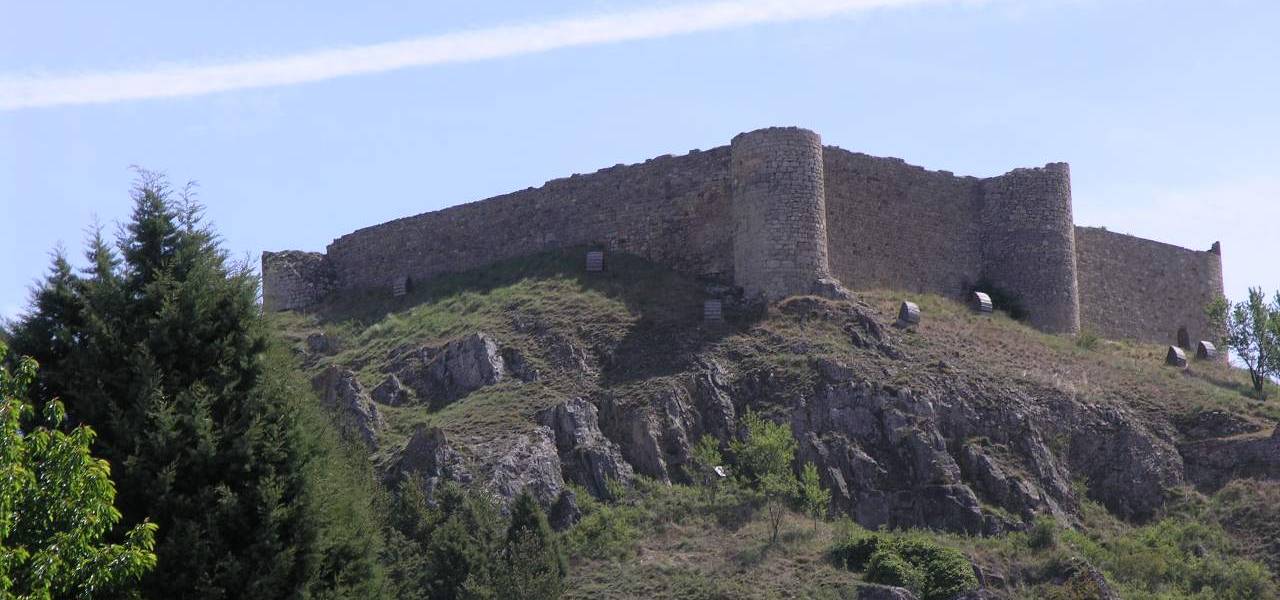 Castle of guilar de CampooMore information
Castle of guilar de CampooMore informationThe walls and the castle of the Manrique family were built in the 15th century on a previous structure.The castle was erected on top of a Celt-Iberian vernacular structure and became an important fortress...
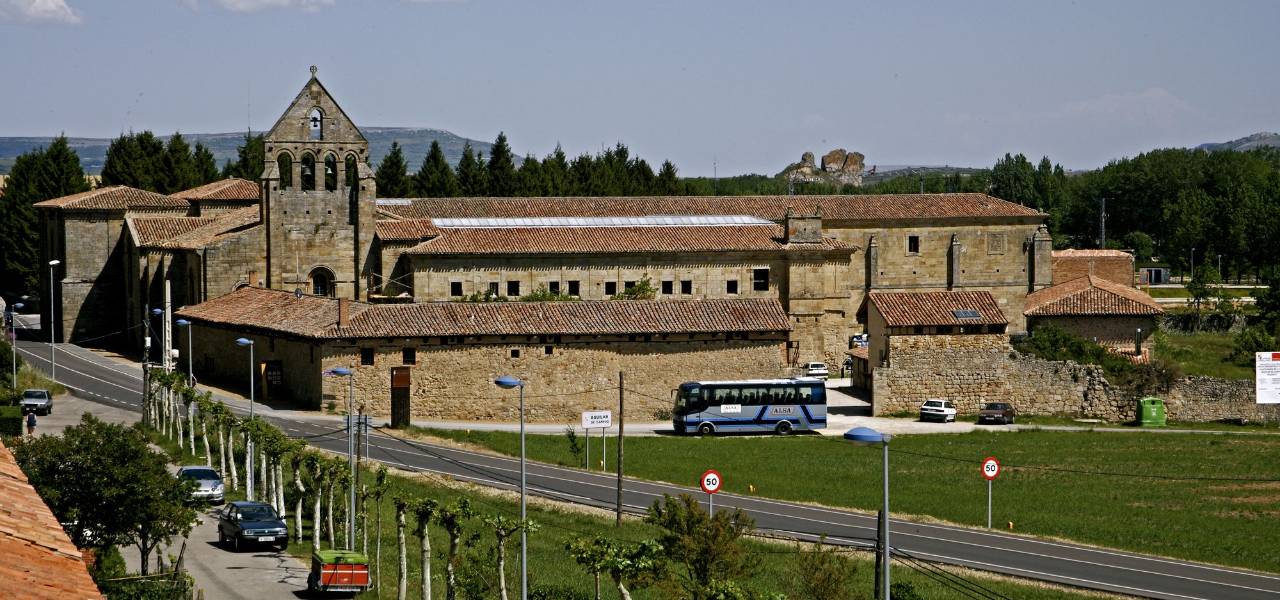 Monastery of Santa Maria la RealMore information
Monastery of Santa Maria la RealMore informationAccording to an ancient legend, the origins of this monastery date back to the early 9th century, when the inhabitants of the northern mountain ranges gradually began to migrate towards the plains of the...
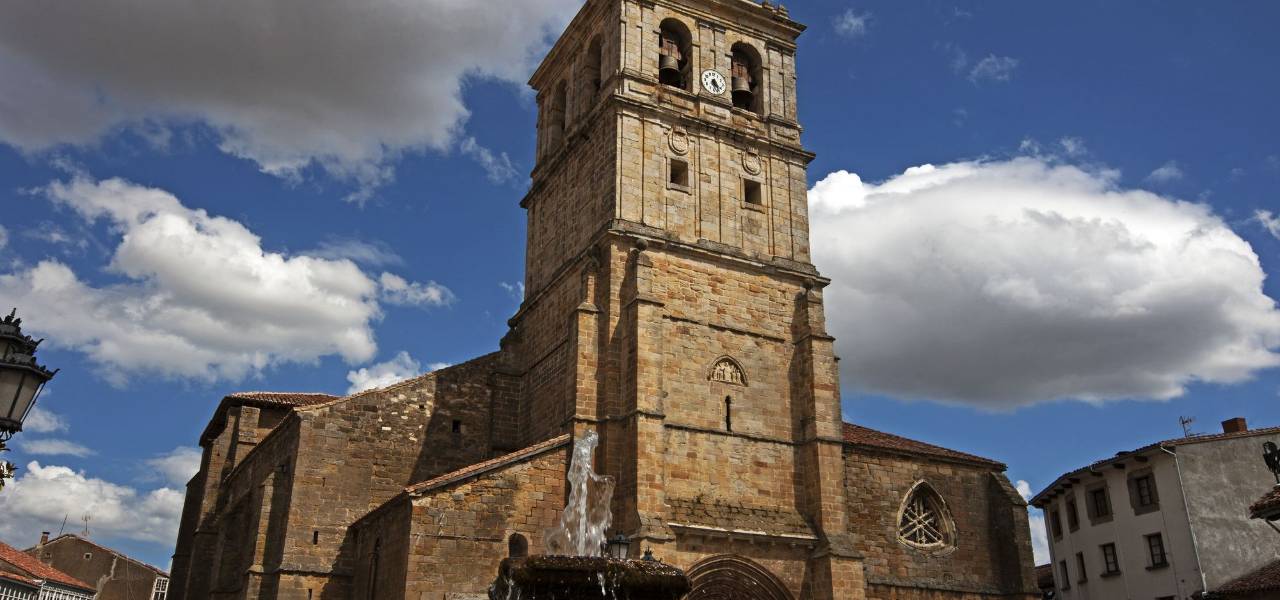 Museum Collegiate San Miguel ArcangelMore information
Museum Collegiate San Miguel ArcangelMore informationThe collegiate church in which various tombs from the fifteenth and sixteenth century have been preserved, such as the tomb of the Marqueses de Aguilar. Both the Sala Capitular (chapterhouse) and the sacristy...
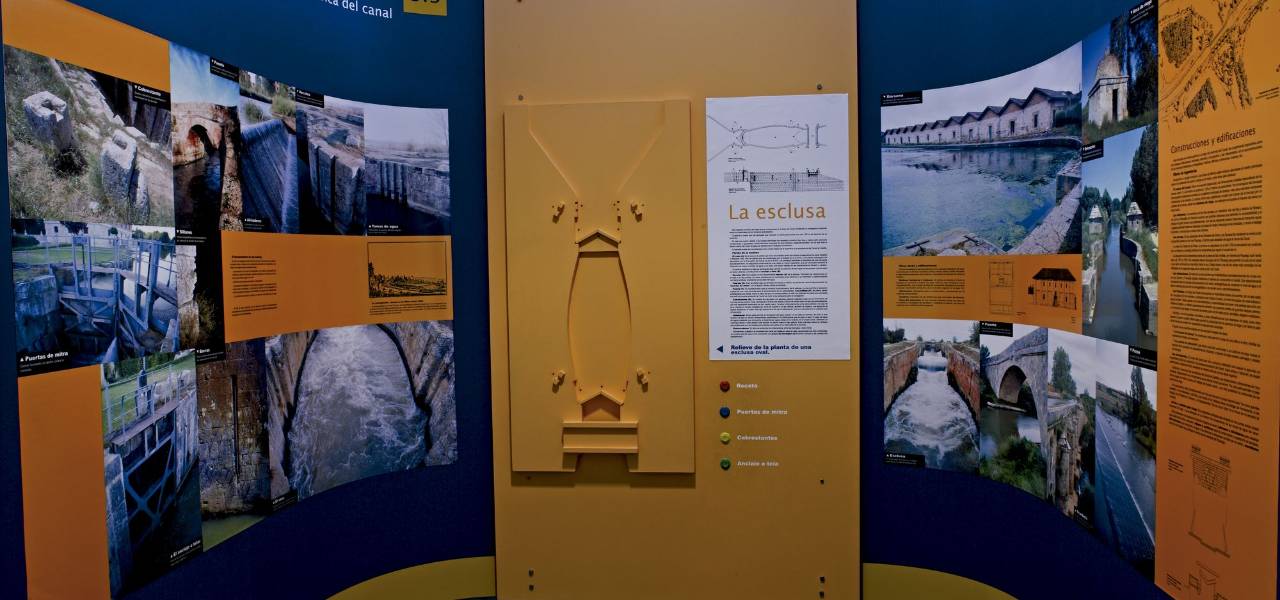 Interpretation Center of the Canal de Castilla (Herrera de Pisuerga)More information
Interpretation Center of the Canal de Castilla (Herrera de Pisuerga)More informationEducational centre for the Canal de Castilla as a complete work in itself, including landscape features, mainly the Osorno section to the North at Alar del Rey.

